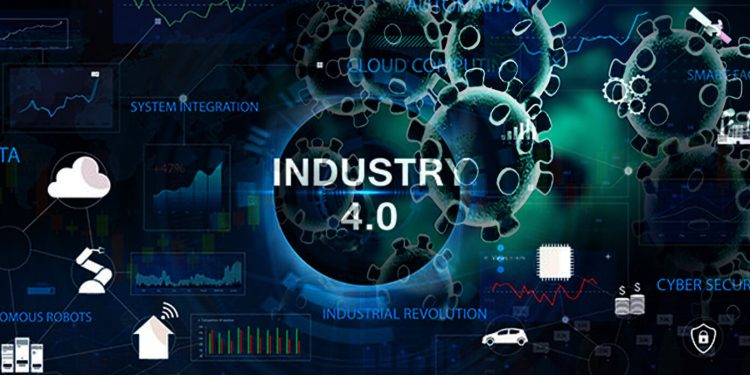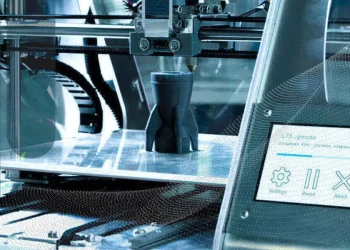Covid-19 pandemic forced the manufacturing industry to reconsider their current infrastructure and ways of work. They had to take extraordinary measures to maintain operations and protect their workers. Those that were digitally prepared were not much impacted and recovered well, but it served as a reality check for those on their journey to digitization and a wake-up call for those who were refraining from using the Fourth Industrial Revolution technologies.
A recent survey of over 400 companies worldwide by McKinsey reveals that the technologies of Industry 4.0 helped 96% of the respondents to keep their operations running during the crisis, while 56% of them found them critical to their crisis responses.
Here’s how the technologies of the Fourth Industrial Revolution helped companies in their efforts.
A Win for Early Adopters
Companies that had already started adopting Industry 4.0 technologies before COVID-19 found themselves better positioned to respond to the crisis. For instance, a consumer-packaged-goods (CPG) company in Asia had created a digital copy of its supply chain much before the pandemic, which allowed it to prepare itself for emergencies, such as – disruptions in raw-material supply or sudden shutdowns of manufacturing locations. Multiple success stories like this one have caused excitement about the potential of Industry 4.0 technologies.
Strategic Goals of Industry 4.0 Technology Adoption
Industry 4.0 has a very important role to play moving forward. It can help businesses in the following ways:
- Enable them to survive during a crisis.
- Shorten the recovery phase and enable them to resume normal operations as soon as possible.
- Make businesses more resilient.
Industry 4.0 can help achieve these goals because of the capabilities it offers. Some examples are:
- IoT can provide real-time visibility into the availability of raw materials, finished products, assets, and capacity.
- Artificial Intelligence can help businesses constantly reassess and re-plan activities.
- Robotic Process Automation can help with repetitive and labor-intensive tasks.
- With the help of 3-D printing, spare parts can be printed which get stuck in the supply chain.
- Autonomous electric vehicles and drones can reduce reliance on people.
How can Organizations Determine which Digital Technologies they Need?
After COVID-19, several companies are in the race to adopt Industrial 4.0 technologies, but their biggest challenge is getting started. Here’s how they can determine the best technologies for their specific needs.
- By taking stock of their current environment.
- Determining the areas that need help.
- Determining the repetitive tasks that employees are wasting their time on.
Once these points have been covered, the next step is to start small on one project. Assessing the results is very important in order to scale to additional projects. Once positive results start appearing, investments in other digital technologies can be made to improve the manufacturing process.
Changing Priorities
After the pandemic, the priorities of businesses have changed considerably. Besides raising productivity and minimizing costs, companies are focusing on improving agility and flexibility in operations. The technologies that enable remote working and collaboration have gained huge importance in the post-pandemic world. Technologies that aid collaboration and visibility across the end-to-end supply chain have also gained prominence, highlighting the need to manage volatile and disrupted supply networks.
What does the Future look like for Industry 4.0 Technologies?
Even after the pandemic, Industry 4.0 technologies will continue to gain importance as they help us to develop more robust and resilient businesses that are better equipped to deal with future disruptions. Over the long term, spending in this market will accelerate further, and Industry 4.0 digital technologies will become a primary driver for competitive advantage.







